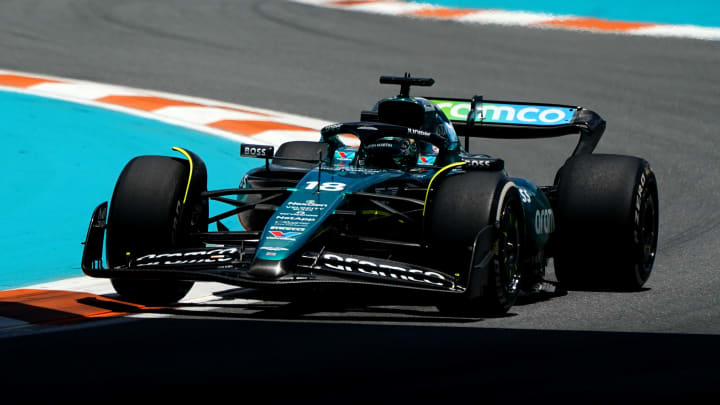Aston Martin F1 Team Reveals Dilemma as New Regulations Approach

Aston Martin faces a unique dilemma that may soon challenge the entire grid - the delicate balancing act between developing their 2025 car and the all-important 2026 model. As they navigate this challenge, the team must carefully allocate resources, including critical wind tunnel testing time, to ensure both projects receive the attention they require.
Formula 1 teams are entering a crucial phase, with just one year left to refine their final ground-effect era cars while simultaneously preparing for the 2026 season, which will usher in a new era of regulations. This dual-focus effort has sparked a technological race across the grid, where the success of each team's development strategy will ultimately determine its competitive standing on the track.
Several teams, including Mercedes, are already strategizing for the transition between the 2024 and 2025 seasons by carefully allocating upgrades. Major upgrades are being reserved for the 2025 car, seen as an evolution of its 2024 predecessor.
However, an important moment will arrive next year when teams must stop the development of their 2025 cars and focus entirely on the 2026 models. Finding the right balance in resource allocation will be crucial, with each team's capacity playing a significant role in its success.
The challenge is further complicated by the FIA's stringent regulations, which strictly prohibit Formula 1 teams from commencing development on their 2026 cars before January 1, 2025, adding pressure to effectively manage resources and timelines. Thus, teams can currently push for the development of their 2024 and 2025 title contenders, as explained by Aston Martin technical director Dan Fallows.
He told Motorsportweek.com:
"I’m sure lots of teams will do the same thing, but we’re absolutely focused on trying to make sure we can get AMR25 [2025 car] into the best shape as possible early on.
“It’s going to be a challenge for everybody.
"Trying to split your resources, particularly next year when we can do work on both, is going to be a big challenge. How much effort do you put into the ’25 car, how much you divert resource to '26.
“The last thing you want to do with engineers is to give them two problems at the same time because they start forgetting which car they’re working on and things like that.
“It’s important for us to make sure that they have that clarity of purpose so they know exactly what they’re working on. But we have to be very adaptable in terms of moving resource around.”
Aston Martin faces an added challenge in balancing resources as it transitions from using Mercedes' wind tunnel in Brackley to its in-house state-of-the-art facility in Silverstone next year. Fallows highlighted the importance of setting a firm date for the switch, ensuring that both 2025 and 2026 car development proceeds smoothly. He added:
“We can only nominate one wind tunnel at a time, so we have to agree a date that we will go out of one wind tunnel into another.
“Obviously picking that date is important. It means the new tunnel has to be ready, we have to have the new models available.
“But yeah, it’s very clear what we need to do, so we just have to get that date.”
Alternative options exist, such as transitioning AMR25's development from Brackley to Aston Martin's new wind tunnel midway through. Fallows hinted briefly:
"We have all of the options to do that kind of stuff if we want to."
